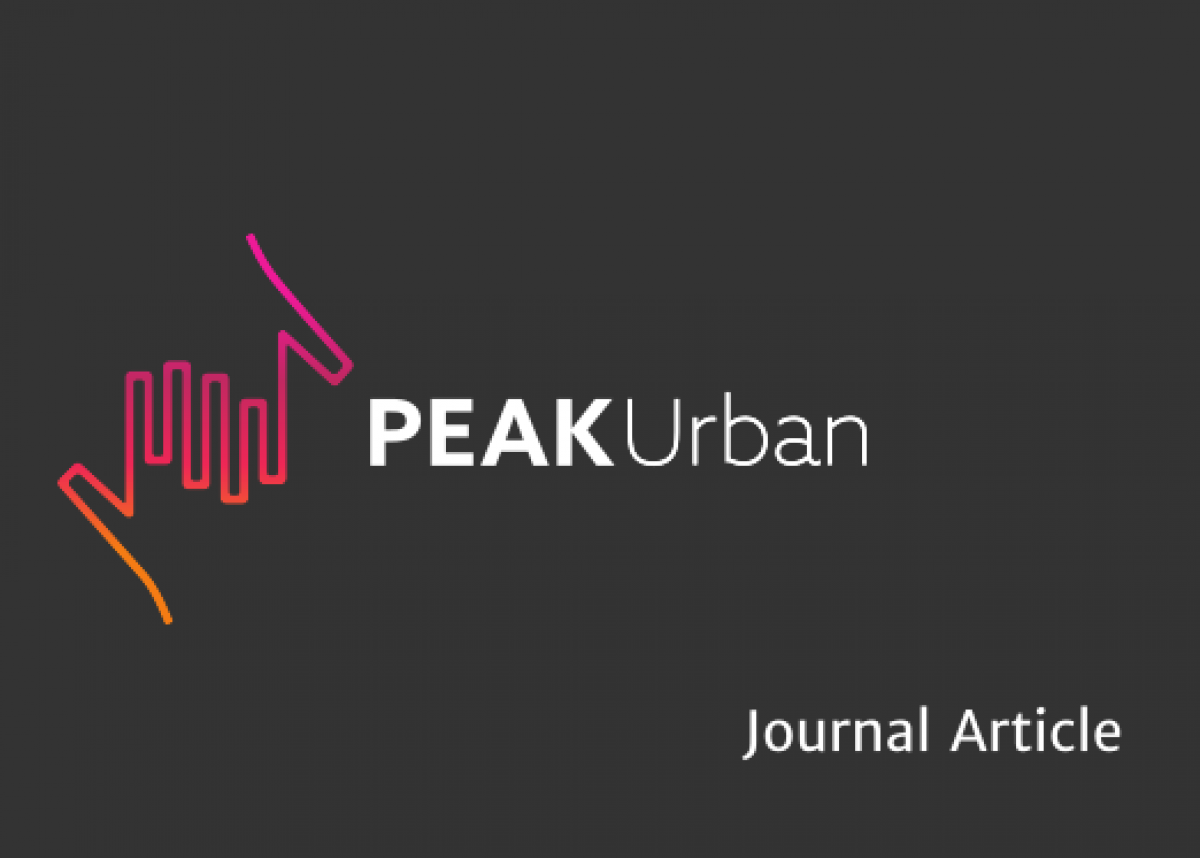
THE CHALLENGE
According to the WHO, an estimated 650 million people worldwide live with some form of disability. Many experience worse socioeconomic outcomes than people without disabilities: they experience higher rates of poverty, lower employment rates, and have less education. Disabled people also have unequal access to health care services and therefore have unmet health care needs compared with the general population. Yet disability is part of the human condition. Almost everyone will be temporarily or permanently impaired during their lifetime, particularly as we age.
In China, the estimated number of disabled people in 2006 was 84.6 million, 6.5% of the total population. Very limited research has addressed the healthcare of the country’s disabled population with disability. This project attempts to address this using Big Data.
OUR APPROACH
The aims of this research is to
-
explore the pattern, characteristics of disabled population’s healthcare in China
-
based on the pattern, characteristics of disabled population’s healthcare, analyse the associations between socioeconomic factors and disabled population’s healthcare and build an early warning model of disabled population’s healthcare by using data mining or machine learning.
-
suggest strategies to strengthen the healthcare management policies for the disabled population.
The project focuses on identifying the main obstacles restricting both disability prevention and healthcare. It aims to improve the quality of China's disability prevention service system by exploring the relationship between prevention service, the healthcare service system, and the disabled population. Research findings will influence future disability healthcare strategy in China.
To achieve these aims, researchers will investigate data from the National Sample Survey on Disability to explore the pattern and characteristics of healthcare among disabled populations, using a community discovery algorithm.
LATEST DEVELOPMENTS
Currently, we use data mining algorithm for risk factor of disability healthcare. We adjusted and improved the algorithm according to its appropriateness, and intend that the revised community discovery algorithm will be suitable for healthcare patterns among disabled populations in China.
We can now discover much more useful information of disability healthcare risk factors. We found some risk factors were associated with disability healthcare provision, that were not found by using statistical methods. We conducted a survey on the disabled older population in the community to assess their needs and the provision of their healthcare, and analyzed the association between socioeconomic factors and their current healthcare provision. These survey results have been submitted to local policy making departments.
People





